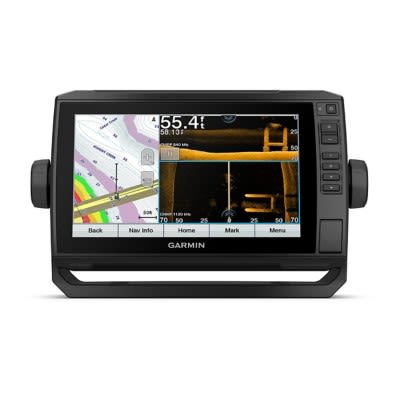Today's Best Fishing Times
Get the best fishing times for Round Lake with Lake-Link's Fishing Forecast. SEE MORE
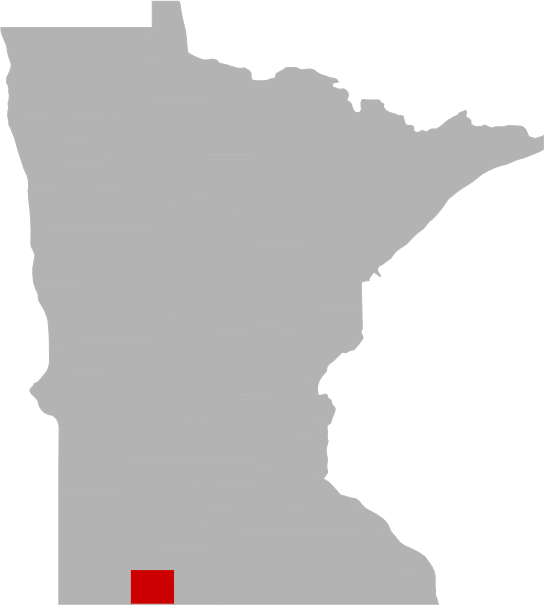

Share Your Catch & Win!
Frequently Asked Questions About Round Lake, MN
- How big is Round Lake?
- How deep is Round Lake?
- What kind of fish can you catch in Round Lake?
- What are the closest cities to Round Lake?
- Are there places to stay in the Round Lake area?
- Are there boat launches on Round Lake?
- Are there places to eat and drink near Round Lake?
- What is the average air temp for Round Lake?
- Are there any state parks near Round Lake?
How big is Round Lake?
How deep is Round Lake?
What kind of fish can you catch in Round Lake?
Other fish species in the lake include Fathead Minnow, Freshwater Drum, Golden Shiner, Green Sunfish, Orangespotted Sunfish, Quillback, Shorthead Redhorse, Tadpole Madtom and White Sucker.
What are the closest cities to Round Lake?
Are there places to stay in the Round Lake area?
More Lodging Options
Are there boat launches on Round Lake?
Are there places to eat and drink near Round Lake?
Explore the Round Lake area in a RV
Are you looking for an adventurous vacation option that won't break the bank? Look no further than renting an RV! Contrary to popular belief, the process is much simpler than you might imagine. With just a few easy steps, you'll soon be experiencing the ultimate freedom and convenience of exploring the open road in your very own recreational vehicle. And the best part? RV travel can save you up to 60% compared to other types of vacations! With the money you'll save, you'll be able to travel even more and create unforgettable memories along the way. So why wait? Start planning your next adventure today with an RV rental. Learn more about renting a RV.

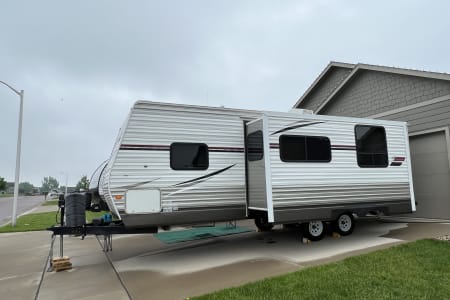
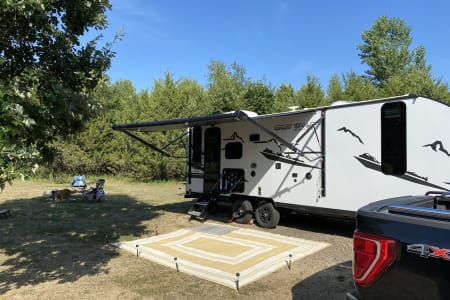
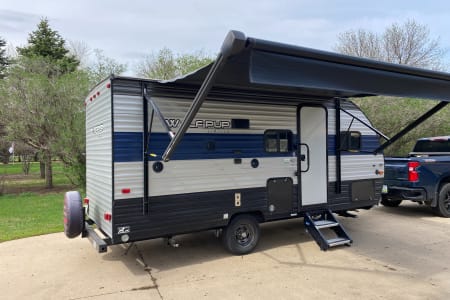
What aquatic invasive species are found in Round Lake?
Join us in the fight to prevent the spread of invasive species These sneaky creatures can hitch a ride on boats, clinging onto propellers, anchor lines, and trailers. They can even survive in hidden places like bilge water and ballast tanks, or disguise themselves in dirt and sand that sticks to nets, buckets, anchors, and waders. But don't worry, we have the power to stop them in their tracks with just a few simple steps. So let's do our part and protect our waters from these unwanted invaders.
History & Status of the Fishery
INTRODUCTION
Round Lake is a 1024-acre lake located in Jackson County approximately two miles to the northeast of the City of Round Lake. Round Lake has a mean depth of 8.0 ft. and a maximum of 9.0ft; however, the water level in 2015 (1,521.6 ft.) was the second lowest recorded elevation in the last 27 years. The highest water level was observed in 1993 at 1523.82 ft., and the lowest recorded water level was observed in 1959 at 1519.45 ft. There is no explanation for why the lake's current water level is so low, other than the Round Lake area has missed out on many local precipitation events. Nutrient input into Round Lake is high, as its watershed is dominated by agriculture. Aquatic vegetation is scarce as the turbid waters prevent its establishment and growth. Prior to the installation of the aeration system, Round Lake was prone to winterkill, as it was opened to liberalized fishing ten times between 1945 and 1979. An aeration system was installed in 1981 to prevent winterkill. Round Lake has not experienced winterkill since its installation. Walleye are the primary management species in Round Lake and have been stocked as fry three out of four years since 2008 (2012, 2013, 2014, 2016). Secondary management species include Black Crappie, Channel Catfish, and Yellow Perch. Secondary management species populations sustain themselves through natural reproduction, thus they haven't been stocked since the aeration system was installed. Other sport fish present include Northern Pike, White Bass, and White Crappie. A survey was conducted during the week of August 10, 2015 to monitor fish populations using three gill nets and 12 trap nets.
WALLEYE
Since the record catch rate of 152.5 per gill net in 2005, Walleye catch rates had steadily declined to 28.3 per gill net in 2009 and 7.7 per gill net in 2013. The Walleye catch rate increased in 2015 to 16.3 per gill net, which is above the expected range of catch rates for similar lakes in the area (2.3 to 13.3 per gill net). The increase in abundance is likely the result of a successful fry stocking in 2013, as over half of the Walleye sampled were age-2 (2013 year class). Lengths of Walleye ranged from 6.5 to 25.8 inches and averaged 13.5 inches. Five year classes of Walleye were sampled (2005, 2012, 2013, 2014, and 2015), all of which correspond to fry stocking, except the 2015 year class, which was not a stocked year and likely the result of natural reproduction. Growth of Walleye in Round Lake was slow compared to similar lakes, as Walleye reached 14.3 inches by age-3. The slower growth rate could be a result of a more abundant walleye population and thereby creating more competition for food. Walleye angling should be good on Round Lake in the next couple of years.
BLACK CRAPPIE
Black Crappie catch rates have steadily increased in gill nets and trap nets since 2009. Gill net catch rates have increased from 1.3 per gill net in 2009 to 3.0 per gill net in 2013 to 4.3 per gill net in 2015, which is within the expected range of catch rats for similar lakes in the area (0.0 to 6.7 per gill net). Trap net catch rates have increased from 1.3 per trap net in 2009 to 2.3 per trap net in 2013 to 3.4 per trap net in 2015, which is also within the expected range of catch rates for similar lakes in the area (0.7 to 15.3 per trap net). Black Crappie were 5.5 to 11.7 inches long and averaged 9.3 inches. Black crappie numbers tend to be highly variable and is often characterized as cyclic, with strong year classes reoccurring every three to five years. This variable and cyclic abundance often results in a "boom-or-bust" crappie fishery, where years of increased angler catch rates are followed by years of decreased angler catch rates. Although catch rates of Black Crappie aren't high, there are still some available for anglers if they can find the right spot.
CHANNEL CATFISH
Channel Catfish catch rates have varied from 0.0 per gill net in 1994 to 19.5 per gill net in 2001, and have averaged 4.4 per gill net since 1983. In 2015, Channel Catfish were captured at a rate of 6.0 per gill net, down from 7.0 per gill net in 2013, but still higher than the expected range of catch rates in similar lakes in the area (0.0 to 3.0 per gill net). Channel Catfish were 18.6 to 30.3 inches long and averaged 21.6 inches. The Channel Catfish population is self-supporting as they have not been stocked since 1981. Channel Catfish angling at Round Lake should be good.
YELLOW PERCH
Yellow Perch catch rates have not exceeded 15.7 per gill net since 1988, and have usually been low. The 2015 catch rate of 1.7 per gill net was the same as the 2013 catch rate and was below the expected range of catch rates for similar lakes (3.3 to 30.4 per gill net). Yellow Perch were 7.3 to 11.1 inches long and averaged 9.7 inches. Yellow Perch populations tend to fluctuate depending on the abundance of predator populations such as Walleye, Channel Catfish, Northern Pike, and White Bass. These predators are likely controlling the Yellow Perch population in Round Lake. No Yellow Perch less than 7.0 inches were sampled, indicating that natural reproduction has been minimal in recent years. Current low water levels likely reduce the amount of preferred spawning habitat available for adult Yellow Perch, thereby limiting reproduction.
WHITE CRAPPIE
Although the Black Crappie numbers are lower, the White Crappie catch rate was 19.3 per gill net and 7.8 per trap net, which are the highest catch rates of White Crappie recorded in Round Lake. Prior to 2015, White Crappie catch rates in gill nets did not exceed 0.3 per gillnet, and in trap nets did not exceed 0.3 per trap net. Similar to Black Crappie, recruitment of White Crappie can be highly variable resulting in sporadic strong year classes, which is likely where these fish came from. White Crappies were 7.4 to 12.1 inches long and averaged 9.1 inches. The 8.0 to 9.5 inch White Crappies were the most abundant size. White and Black Crappie can typically coexist, but it is not uncommon for one species to occur at a lower abundance than the other. Typically White Crappies tend to do better in turbid water systems compared to Black Crappie. Barring any setbacks, White Crappie should provide a quality angling opportunity after another year of growth.
WHITE BASS
White Bass were first sampled in 2005 at rate of 0.5 per gill net and since have increased to 3.7, 4.0, and 5.0 per gill net in 2009, 2013, and 2015, respectively. Gill net catch rates are within the expected range of catch rates for similar lakes (0.3 to 9.9 per gill net). In trap nets, catch rates have increased from 0.9 per trap net in 2009 to 1.0 per trap net in 2013 to 6.6 per trap net in 2015, all of which are above the expected range of catch rates for similar lakes (0.2 to 0.7 per trap net). White Bass were 4.1 to 16.3 inches long and averaged 11.8 inches. White Bass grow fast in Round Lake, attaining a length of 12 inches by age-3. The presence of multiple year classes and small fish indicates that White Bass naturally reproduce in Round Lake. White Bass are aggressive predators that could potentially compete with other predators if prey is limited, but may also provide an additional angling opportunity in Round Lake.
OTHER SPECIES
Five Northern Pike were captured in the survey, and were 24.7 to 37.4 inches long and averaged 30.1 inches. Catches of Northern Pike have always been low in Round Lake; however, if you hook into one it should be large.
Three Black Bullhead were captured in the survey, ranging from 13.1 to 14.0 inches and averaging 13.5 inches. The Channel Catfish and Walleye population are keeping the Black Bullhead population low.
The Freshwater Drum catch rate has increased from 2.0 per gill net in 2009 to 4.7 per gill net in 2013 to 5.3 per gill net in 2015, but is within the expected range of catch rates for similar lakes (0.8 to 6.9 per gill net). Lengths of Freshwater Drum ranged from 4.4 to 22.5 inches and averaged 14.9 inches.
Bigmouth Buffalo abundance increased to 3.7 per gill net, up from 1.3 per gill net in 2013. Lengths of Bigmouth Buffalo ranged from 11.8 to 22.5 inches and averaged 18.6 inches.
Common Carp were captured at a rate of 0.6 per trap net, which is the lowest observed trap net catch rate for Common Carp in Round Lake, and is below the expected range of catch rates for similar lakes (1.0 to 5.5 per trap net). Lengths of Common Carp ranged from 5.2 to 34.8 inches.
Plants in the water and at the water's edge provide habitat, prevent erosion, and absorb excess nutrients. Shrubs, trees, and woody debris such as fallen trees or limbs provide good habitat both above and below the water and should be left in place. By leaving a buffer strip of natural vegetation along the shoreline, property owners can reduce erosion, help maintain or improve water quality, and provide habitat and travel corridors for wildlife.
Best management practices within the watershed (no-till farming, cover crops, buffer strips, targeted fertilizer application, reduced or metered tiling) would help reduce nutrients entering the lake. High nutrient and sediment input can cause algae blooms and reduce overall water quality. Any improvements in the watershed are likely to have positive impacts on the fishery.
Prepared By Jonah Dagel
What is the average air temp for Round Lake?
Are there any state parks near Round Lake?
Gull Point State Park
Emerson Bay State Recreation Area
Elinor Bedell State Park
Kilen Woods State Park
More Nearby Lakes To Explore
There's more lake's to explore around Round Lake...| DISTANCE | ACRES | MAX DEPTH | |
| Indian Lake | 4.7 mi | 197 | 6 ft |
| Ocheda Lake | 8.0 mi | 1,691 | 5 ft |
| Silver Lake | 9.0 mi | 1,041 | 10 ft |
| Bella Lake | 9.8 mi | 180 | 14 ft |
| Okabena Lake | 9.9 mi | 776 | 16 ft |
| Ocheyedan Pit #1 | 13.0 mi | 10 | 17 ft |
| Diamond Lake | 13.3 mi | 143 | 7 ft |
| Heron Lake (South Heron) | 15.2 mi | 2,641 | 5 ft |
| Rush Lake | 15.3 mi | 243 | 3 ft |
| Little Spirit Lake | 15.8 mi | 604 | 7 ft |





